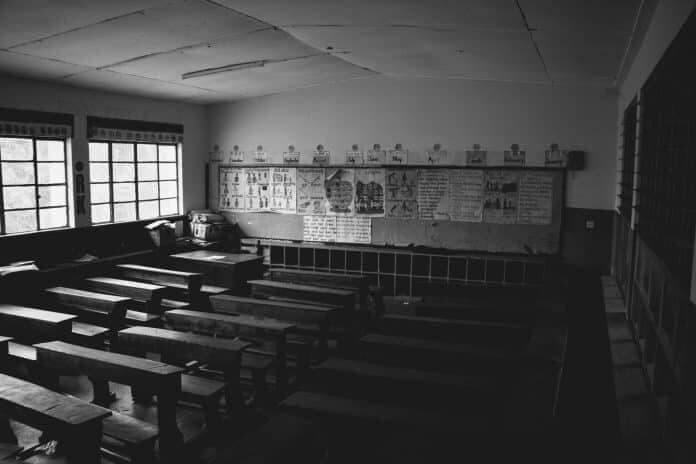
Quite unexpectedly in the space of two months, nations across the world have been confronted with a new health emergency thanks to the coronavirus (COVID-19). In a short time, the virus has spread from China to over 100 nations, infected at least 120,000 people and killed about 4,000 people. Schools have now been closed in NSW – but schools in Japan, Vietnam, Hong Kong, China and other nations have been closed for weeks, as have universities.
As the virus spreads across the community, there are important implications for schools. Anxious to protect children, though statistically teachers and parents are more at risk, educational authorities must have clear plans in place. It is not enough to close a school for a day or send a student home. Procedures and protocols need to be implemented and properly funded. In addition, there needs to be a plan about how education can be managed should all schools be forced to close for a period of weeks or longer.
There are different considerations for schools and schooling systems but some of the important ones includemanaging infected students and those they have been in contact with; staff, and the broader issue of teaching and learning.
Managing infected students
Being sent home, or self-quarantining for a period of 14 days impacts a student’s well-being. There is the issue of fear of the virus and what it means for the student’s health and the health of those they spend time around.
But there is the additional issue of being stigmatised and bullied, being blamed for making others sick, feeling ashamed, embarrassed or anxious. Schools need to manage this as a real effect of the fears that see panic in supermarkets and casual racism in the streets. School kids can be very cruel to one another, and the way vulnerable infected students are supported, spoken about and integrated back into the school after a period of absence can be either healing or soul-destroying.
Staff need to be trained to put aside their own fears and possible biases and maintain an atmosphere of trust.
Students and families will also be concerned about the academic disruption that school closures will have. Schools need to have a robust plan for embracing online access to materials and pedagogy. This will take real leadership, but structural factors will impact this. The second rate NBN will be seen as a massive waste of money, as it will not be able to cope with the massive volume of use it would have should schools close.
Consider this: in Vietnam, universities have been running online classes for 4 weeks using a mix of technologies, and often with class sizes of over 100 taught together and then broken into online rooms for peer-to-peer and tutor-led learning. Some of these universities are teaching over 10,000 students online – literally as a response to COVID-19, all organised within 1 week. However, in Australia, ranked 50th in the world for internet speeds, conducting a stable Skype call on the largest network can be regularly problematic. How will it be possible to conduct regular schooling under such circumstances?
Managing staff
Teachers have families and are in contact with dozens of students daily. They are vulnerable and will be anxious to know they are safe. Teachers should be given access to hand sanitisers, face masks, desks and chairs that are cleaned with alcohol-wipes between classes and time to plan and prepare should the situation escalate. The time to plan is now – not reactively.
Why not close schools for a longer Easter break (four weeks or five weeks, ready to put into effect immediately) and sort out these issues with extended planning? It would respect the staff, the students and the processes that would need to be implemented and it would demonstrate an understanding of the possible seriousness of the issue confronting the community. It would also affirm teachers who are in the front line and could, like doctors and nurses, quite literally be taking a life and death risk everyday they go to work.
Managing teaching and learning
Whilst sitting on surpluses, there is no
shortage of cash in NSW – the state most affected and where school
closures are most advanced. The government should immediately invest in
resources to manage staff and student health and welfare, whilst making
contingency for what provisions can be made should there be an extended school
break.
Using time imaginatively, like having 3 four-hour shifts (8am to Noon, Noon to 4PM, 4PM to 8PM) it is quite possible to mandate how different stages and subjects can be taught through online media across the week – premised on the hope that the internet can cope with being used so extensively.
An educational system should demonstrate the capacity to think critically and creatively at times when the real world demands it. Time will tell whether our system is authentic to the fundamental elements of its own curriculum.
READ ALSO: Qantas slashes flights to Asia over COVID-19 outbreak






